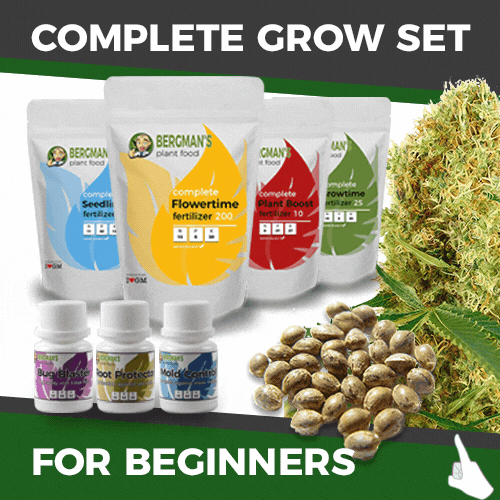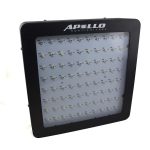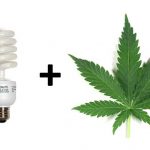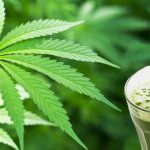The relaxation of limitations and regulations of weed growing in many states across the world is now more evident than it was a few years back. Because of this, more people today are cultivating cannabis for recreational, medical, and commercial purposes than they did in the past. For first-time weed-growers, grasping the whole concept behind growing cannabis may be a challenging process.
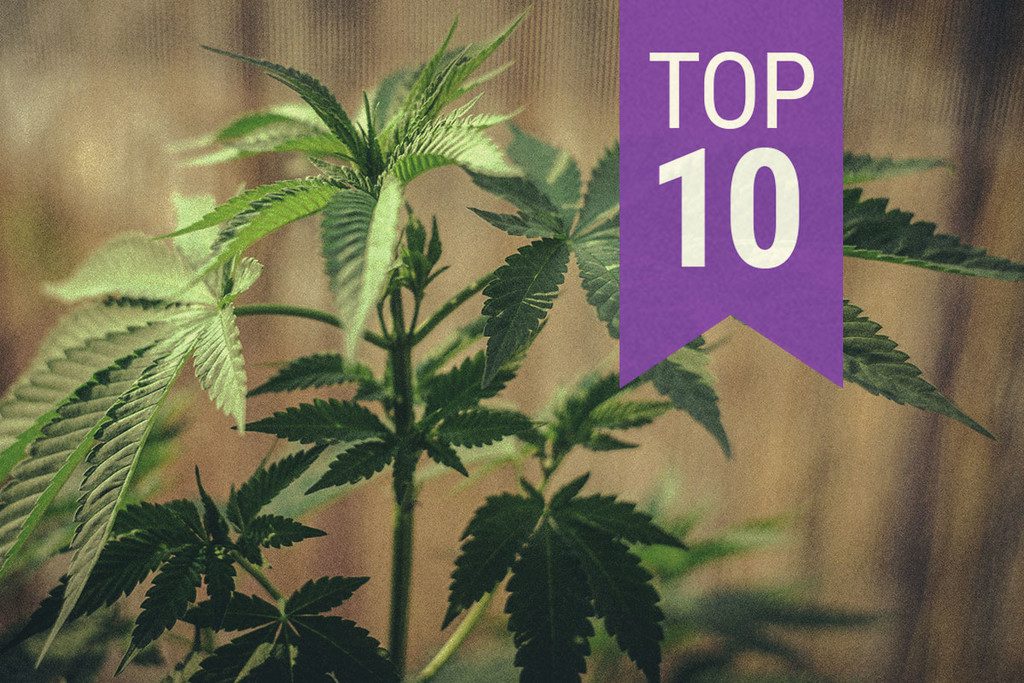
Growing weed from seedlings to the harvest stage is not an easy process, but success comes with making mistakes and learning how to deal with them. Understanding some of the most crucial cannabis growing tips is one of the surest ways of helping you to ensure that whatever resources you put into your venture pays off. In this article, we take you through everything you need to know to grow your weed from start to harvest.
9 Vital Cannabis growing tips
Some people choose to grow their weed indoors while others cultivate it outdoors. Commercial weed growers choose outdoors over indoors because they have more space to raise larger amounts of crops, and only in places with legalization to cultivate weed outdoors.
Indoor weed growing is gaining popularity across the world because it comes with many benefits, one of which is discrete farming. Whichever method you choose to as your best way to grow weed, you will need tips to help you in attaining success in your venture.
Growing medium
One of the most crucial marijuana growing tips, especially for indoor growers, is to select a growing medium that is right for you and the crops. Choosing the wrong medium can take all your efforts to the drain, as you may end up with minimal yields. The three primary growing medium are soil, hydroponics, and coco.
If you are growing your plants in soil, ensure that you pick only the best for the strain you are planting. The right soil should contain all the essential nutrients needed for cannabis to thrive. Also, ensure that the soil you choose for your crops retains as little moisture as possible after you water your crops.
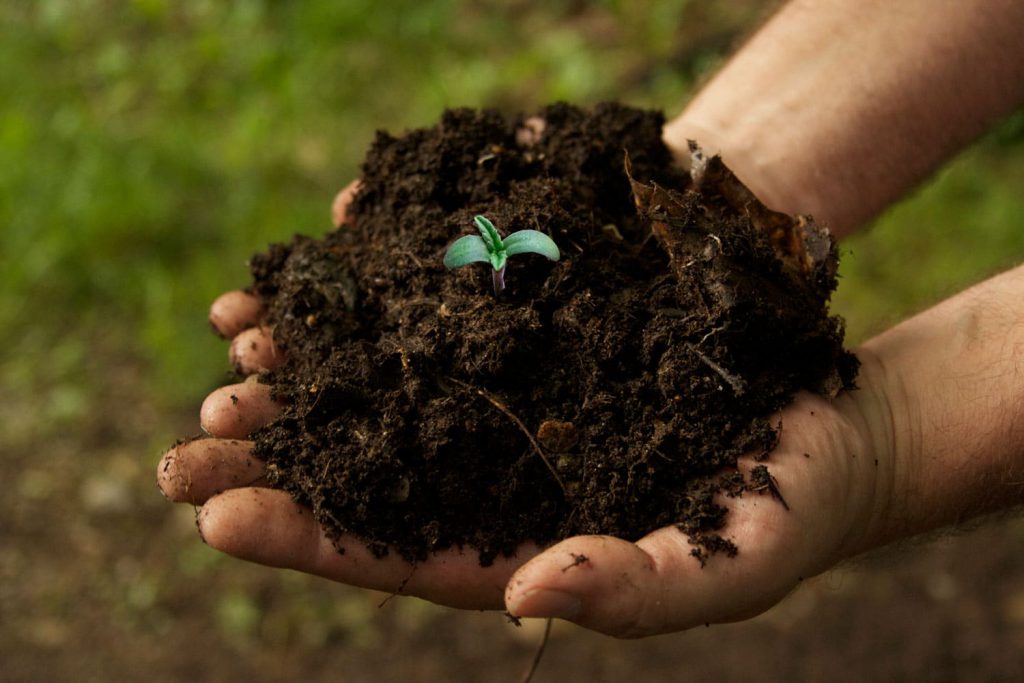
Another vital factor to note when you are using the soil as your medium of growth is to ensure that you monitor the pH levels. The soil pH can deter the roots from accessing some nutrients despite their availability in the medium. First, learn what pH ranges you need to maintain and ensure that the levels do not go beyond or below the ranges. If you notice any discrepancies, adjust the levels accordingly to allow your cannabis to thrive.
Coco or perlite is a soilless medium that provides the crops with almost the same benefits as those of growing in soil. The difference comes in how you feed the nutrients into the medium. In coco, you provide the nutrients in the water, which allows the crops to seek nutrition directly from the roots. Growing crops in a soilless medium will yield more buds than growing them in soil medium. They also grow at a faster rate than those growing in the soil medium.
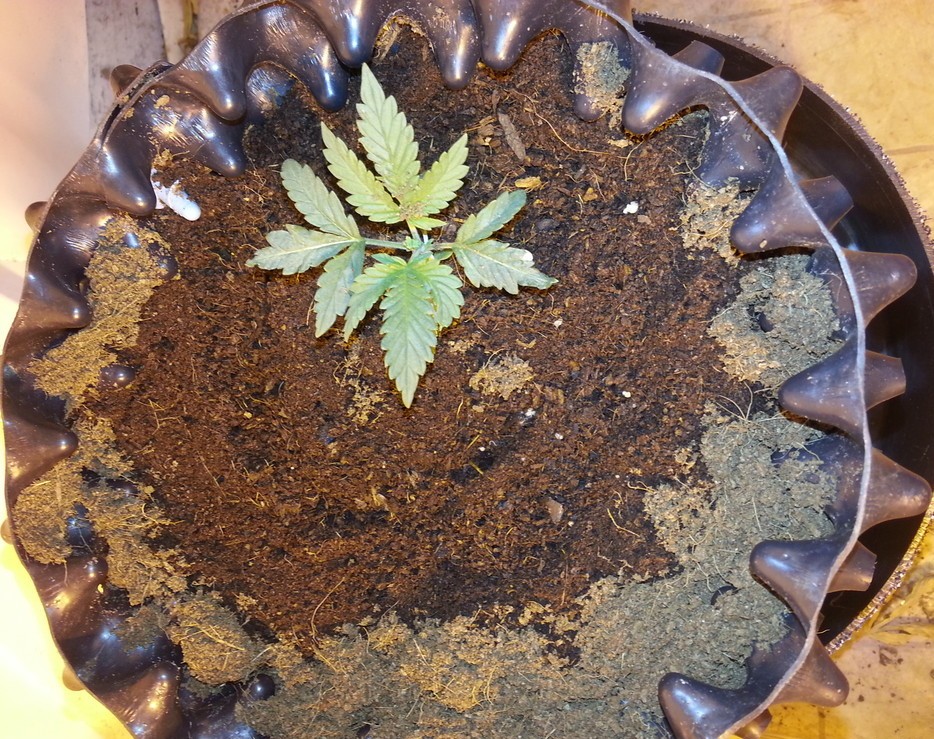
Hydroponic growing is one of the most popular growing mediums for indoor cannabis growers. Hydro growing refers to growing crops with roots hanging or sitting inside the water. The most common type of hydroponic farming is the DWC or Deep Water Culture, which supports all kinds of cannabis strains.
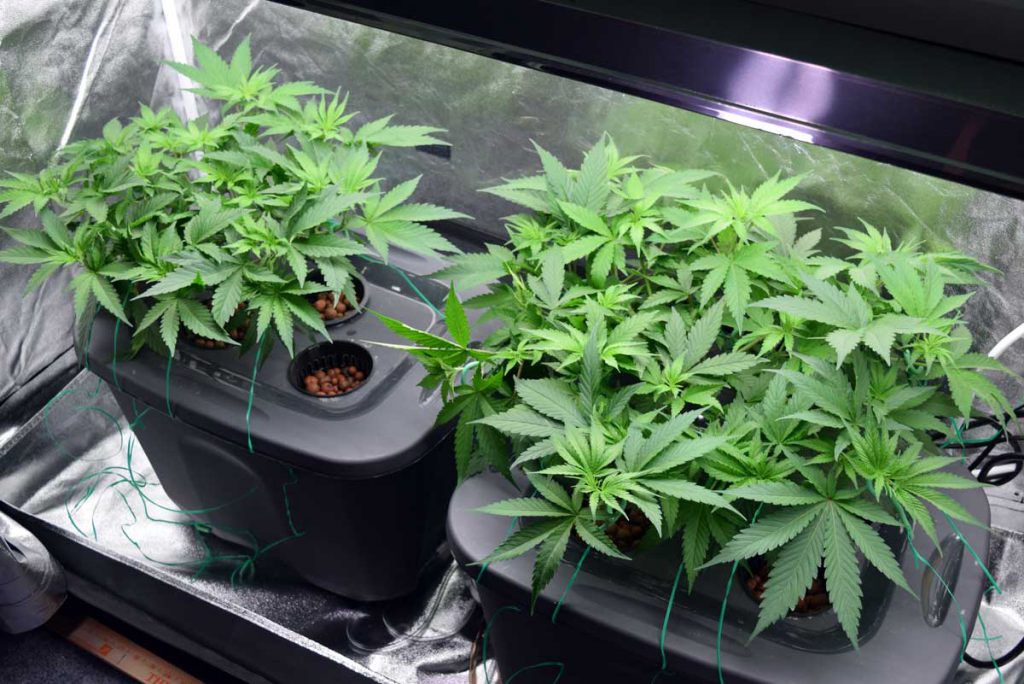
Hydroponically grown cannabis grows the fastest, and the system allows you better control of the crops. Hydroponic growth also has the highest yields among the three mediums and the least chance of bug infestation.
Choosing the strain
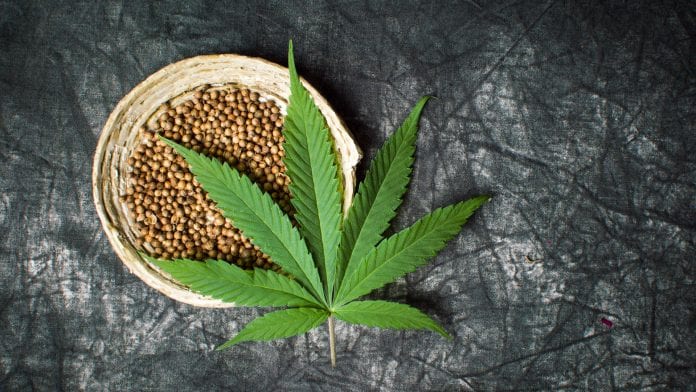
Another critical factor to take into consideration is the kind of strain you choose to grow. While picking, you should bear in mind that cannabis strains are different, and while some may do well in specific environments, others may not thrive as well. Strains also vary in size, THC, CBD, and CBN concentrates aroma, and the effects.
Some are also highly resistant to conditions that include pest and bug infestation, diseases, extreme climate changes, and overtraining, among other things. The best thing to do before you choose the strain you want to grow is first to find out the ones that do well in your locality and the ones that will suit your consumption needs after harvest. Finding the best strains is not an easy exercise, but you can get all the help you need from expert weed growers and reputable cannabis seedbanks.
Lighting
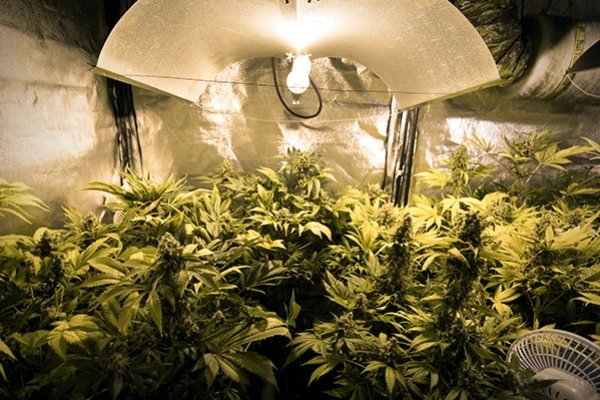
Another critical marijuana-growing tip is to be very wary of your lighting system, especially for indoor growers. Outdoor growers have nothing to worry about when it comes to lighting because the crops receive direct light from the natural sunlight. When it comes to lighting, many new farmers make avoidable mistakes.
Cannabis crops experience their most progress and growth during their vegetative stage. During this period, ensure that your crops get between 18 and 22 hours of lighting every day. Once the plants get to the flowering stage, you should decrease the number of lighting hours to 12 hours a day.
The reason for reducing the number of hours in the light for the crops during the flowering stage is that they trigger their faster growth. Cannabis flowers faster in darkness than it does in the light. If you do not reduce the number of lighting hours, the crops may stay longer in their vegetative state, which will, in turn, prolong their maturity period.
Nutrients
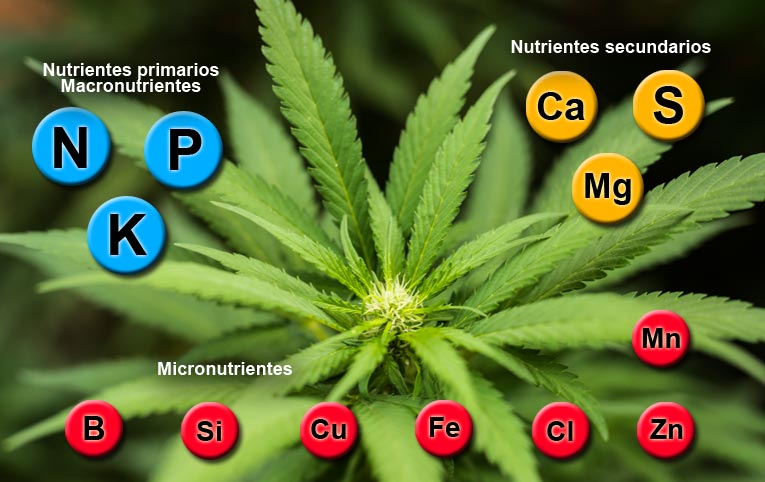
Nutrients are an essential part of plant growth. Without the proper nutrients, you will have poor looking cannabis crops that will give you low yields. Providing the crops with the right amount of nutrients is also another confusing factor for many new growers. Some do not know when to cut down on the nutrients and when to add more.
Contrary to what some people believe, cannabis does not need too many nutrients to thrive. Give the plants enough fertilizers and other nutrients to help them survive and only add when you notice they have a deficiency. Feeding cannabis with too many nutrients will result in chemical taste and smell in the final product. Too many nutrients may also lower the THC content of cannabis.
Just as much as it wrong to feed the crops with too many nutrients, so is underfeeding. Some of the signs of underfed crops are yellowing and browning of the leaves. Underfeeding also gives you weak stalks, lower bud content, and fewer trichomes. It is, therefore, of the utmost importance that you feed the crops with the right amounts of nutrients through all the stages of growth to avoid any disappointments.
Ventilation
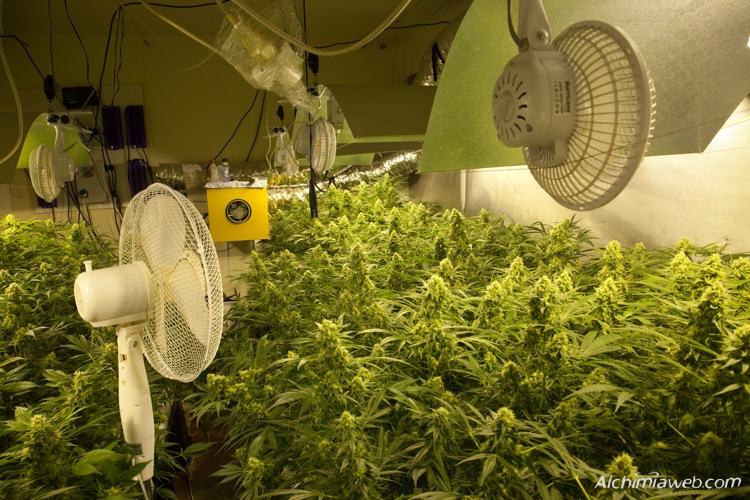
Crops growing outdoors have another advantage over those growing indoors. The ones growing outdoors receive enough airflow at all times while the ones indoors are in enclosed spaces with no airflow. Cannabis, just like any other crop, needs enough airflow to prevent mold growth and nutrient burn. Indoor growing space can get extremely hot, especially if you are using grow lights, and this could burn up the crops if there is nothing to combat the heat.
Bacteria, spider mites, gnats, fungi, and mold also thrive best in warm, moist places with inadequate airflow. Luckily, for many of the indoor cannabis growers, there are many growing tent ventilators and cooling fans in the market specially formulated for indoor marijuana farming. Sufficient airflow and ventilation will make a big difference in how much your final harvest will yield.
Water
Water is another crucial factor you should not forget while growing your crops. Watering the plants is also another tricky area, especially for those growing weed for the first time. Giving the crops less water than they deserve can deprive them of what they need for their survival.
Giving them more water, on the other hand, can easily drown them and cause mold growth on the buds. Keep a strict watering schedule, especially if you are using the soil medium. It is also vital to ensure that you have a drain for excess water to prevent root rot.
Be gentle
Cannabis plants are sensitive and require TLC and gentleness. Some of the ways you can show give the crops tender loving care is by not putting them through sudden changes. Every change you introduce to the crops should be gradual.
If, for example, you are changing the lighting system from 18 hours to 12 hours, do not do it all at once. Increase darkness and lighting hours gradually and patiently until you have the correct schedule the crops need. The same applies to switch off or changing nutrients during the flowering and vegetative stages. Any abrupt change to the crops shocks and strains them, which results in stunted growth and low yields.
Learn about the growth stages
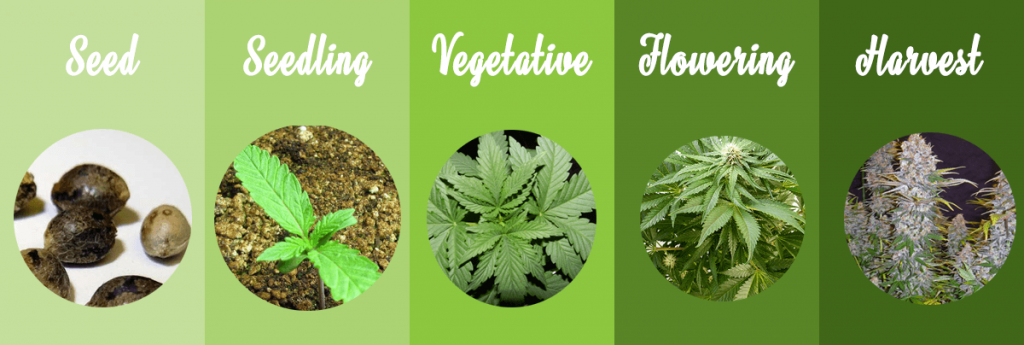
Another vital weed growing tip to give anyone going into the industry is to learn all about the different stages of marijuana growth. Knowing the way to grow weed and understanding what you require to do at every stage of development will ensure that the whole process goes effortlessly and successfully. Before the harvesting stage, marijuana goes through three main phases. The stages are seedling, vegetative, and flowering.
Seedling stage
The seedling stage is the most vulnerable phase. The stage takes anything between 3 and 6 weeks, depending on the strain. During this stage, the most important schedule to keep is watering.
Vegetative stage
During this phase, the plants go through rapid growth. The stage lasts anything between one and two months again, depending on the strain. During this phase, you will need to keep a keen control of all the schedules that include watering, nutrients, and lighting.
Flowering stage
The flowering stage is one of the most critical phases of cannabis as it starts to produce the buds. The step can take anything from 6 to 10 weeks, depending on the strain. The flowering stage is also one of the most challenging and complicated phases for many weed growers. During this stage, the plants go through many changes and needs that include trimming and other preparations for harvesting.
Some of the strains also go through triggering to get to the flowering phase. The essential parts of cannabis to monitor closely during this period include the pistils, buds, color of the leaves, and trichomes, among others.
Read next: Best Bloom Boosters For Cannabis
Harvesting
Harvesting is the last stage of growing your marijuana crops. It is also one of the most challenging and difficult stages, as many cannabis growers do not know if the buds are ready for harvesting or not. If you harvest too early, you may lose the potency of the buds. Harvesting too late may also lead you to have a yield with less THC potency.
You should aim at harvesting the crops when they have their highest levels of THC and CBD. To know the precise time to reap, look at the trichomes through a magnifying glass. If you notice the trichomes are glassy and transparent, it means that your buds still need a few more days to mature. Mature trichomes turn milky with a plastic-like look, which is an indication that they are ready for harvesting.
Some strains will have amber looking trichomes, which is an indication that their relaxing effects are high but with less THC content. You need to use your eyes, enough knowledge about mature buds and trichomes, and a magnifying glass to help make it all easier.
Keep track of your growing procedures
To avoid repeating the same mistakes, you should keep a record of all your growing processes. Note down everything from the strain you choose to plant, the nutrients you fed throughout the different growing stages, the amounts, the lighting systems and time allocated daily, and so on. By going back through the records, you will know what you need to change or improve for better yields during the next cultivation.
Wrapping it up
Growing cannabis is fun, especially if you grasp the whole process. For new growers, the entire process may seem like a hard thing to accomplish. It may also seem tedious and costly. Once you get the hang of it, you soon realize that growing cannabis is no different than growing your vegetables or flowers. The only difference is that weed requires much more attention, especially for those growing indoors.
Besides the necessary marijuana growing tips we have given here, there is much more you need to learn about profitable weed farming, especially during the different stages of growth. To know the best lighting systems, nutrients, and best mediums for your cannabis, you can read our earlier articles touching on the same.
